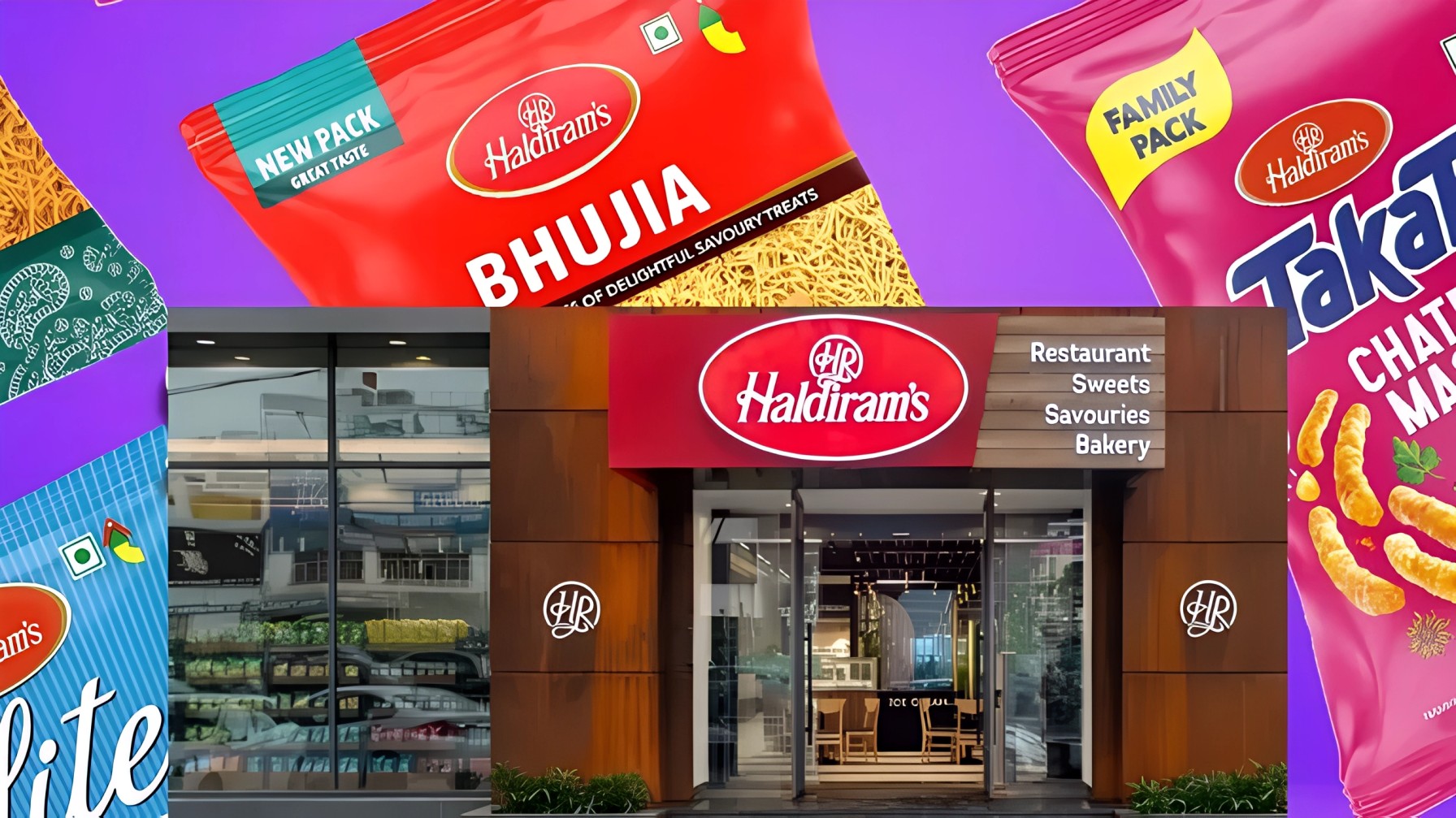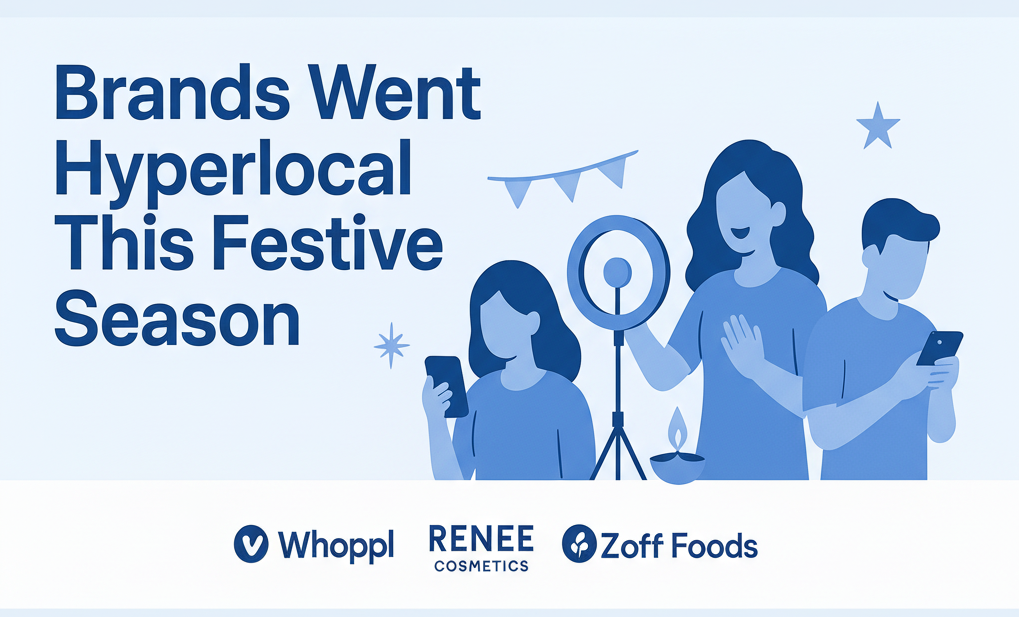Few Indian food brands inspire as much trust and nostalgia as Haldirams. This Haldirams case study looks at how a modest bhujia shop from Bikaner evolved into a global foods business that now spans namkeen, mithai, restaurants, frozen meals and exports, while still staying anchored in everyday Indian snacking culture.
Founded in 1937 by Ganga Bishan Agarwal, popularly known as Haldiram, the brand began with a simple idea make bhujia that feels familiar, yet tastes distinctly better. The early twist thinner strands and a moong based recipe instead of the usual moth dal gave Haldirams a signature texture and flavour that stood out in an unorganised market.
Early market context and the birth of brand led namkeen
When Haldirams started, the snacks market was controlled by local halwais and namkeen makers who sold loose, unbranded products. Quality varied, consistency was uncertain and customers relied on word of mouth rather than any formal brand promise.
Against this backdrop, the Bikaner shop differentiated itself with its unique bhujia, careful preparation and steady taste. This was the foundation of brand led namkeen a shift from a generic commodity to a named product that people asked for specifically.
Through the 1960s to the 1990s, different family branches expanded the business from Bikaner to Nagpur, Delhi and Kolkata. The focus remained on namkeen and sweets, first in bulk and then gradually in branded packaging, which made it possible to travel farther and last longer on shelves.
ADVERTISEMENT
Product strategy in the Haldirams case study
Today, Haldirams portfolio covers a wide spectrum.
-
Namkeen such as bhujia, aloo bhujia, chana dal, navratan mixes and regional favourites
-
Sweets including soan papdi, rasgulla, gulab jamun, kaju katli and festive assortments
-
Western style snacks like chips, puffs and instant mixes
-
Frozen and ready to eat dishes such as parathas, curries, chole and rajma
-
Casual dining restaurants and QSR style outlets serving thalis, chaat and snacks
Behind this range lies substantial research and development to standardise traditional flavours for scale. Modern packaging, hygiene and automation support shelf life and safety, while recipes retain a home style comfort. The brand plays across price points, from small trial packs around ten rupees to premium gift boxes priced in the hundreds or more during festive seasons.
Pricing and distribution engines that built scale
Haldirams case study shows a careful balance between value and aspiration. Namkeen packs follow a value for money logic to drive volume, while sweets, restaurants and exports allow for higher margins. Multiple pack sizes cater to impulse buyers, family shoppers and gifting occasions.
On distribution, Haldirams has built one of the most extensive networks in Indian FMCG. The brand is available in more than one million outlets, across general trade, modern retail and ecommerce. Over the years it has also created a strong QSR footprint with more than one hundred casual dining restaurants in metros and tier two cities, turning the brand into a family dining destination.
ADVERTISEMENT
Exports to the United States, the United Kingdom, the United Arab Emirates, Australia and Southeast Asia, supported by frozen and ready to eat lines, tap into the global Indian diaspora and curious local consumers seeking authentic snacks.
Positioning and promotion from word of mouth to multimedia
For decades, Haldirams spent very little on formal advertising. Taste, consistency and in store visibility did most of the work. The brand gradually came to be seen as the benchmark for Indian namkeen and mithai, often summed up in the question asked at home when guests arrived should we serve Haldirams
In recent years, the company has increased investment in television, digital and influencer led campaigns, while keeping its core themes intact purity, hygiene, homemade taste at scale, and the idea of Haldirams as a symbol of festive joy and family bonding. Seasonal campaigns around festivals, homecoming and gifting have further cemented its place in family rituals.
Challenges and how Haldirams has responded
Success has brought its own challenges. Internal brand fragmentation, where Nagpur, Delhi and Kolkata units operate semi independently, has occasionally created confusion. Digital presence remained weak until the late 2010s. Changing regulations on food labelling and safety have demanded constant vigilance. Modern consumers are also looking for baked, low fat, millet based or vegan options.
ADVERTISEMENT
The Haldirams case study shows a series of responses. The brand has launched a direct to consumer platform, partnered with delivery apps, and expanded health focused variants such as low fat bhujia, baked sev and millet snacks. Restaurants have been refreshed with contemporary design and digital menus. Centralised production technology is being scaled to support consistency and efficiency, while frozen and ready to cook lines are aimed at time pressed urban households.
Taken together, the Haldirams case study illustrates how a single product innovation in a small Bikaner shop grew into a global foods ecosystem that spans FMCG, QSR, frozen meals and gifting. By combining emotional equity, relentless distribution, constant product innovation and a modern digital push, Haldirams has turned taste the tradition from a tagline into a lived reality for consumers in India and around the world.
Follow Marketing Moves on Instagram and Facebook for industry insights, strategy breakdowns, and brand transformation stories.
















